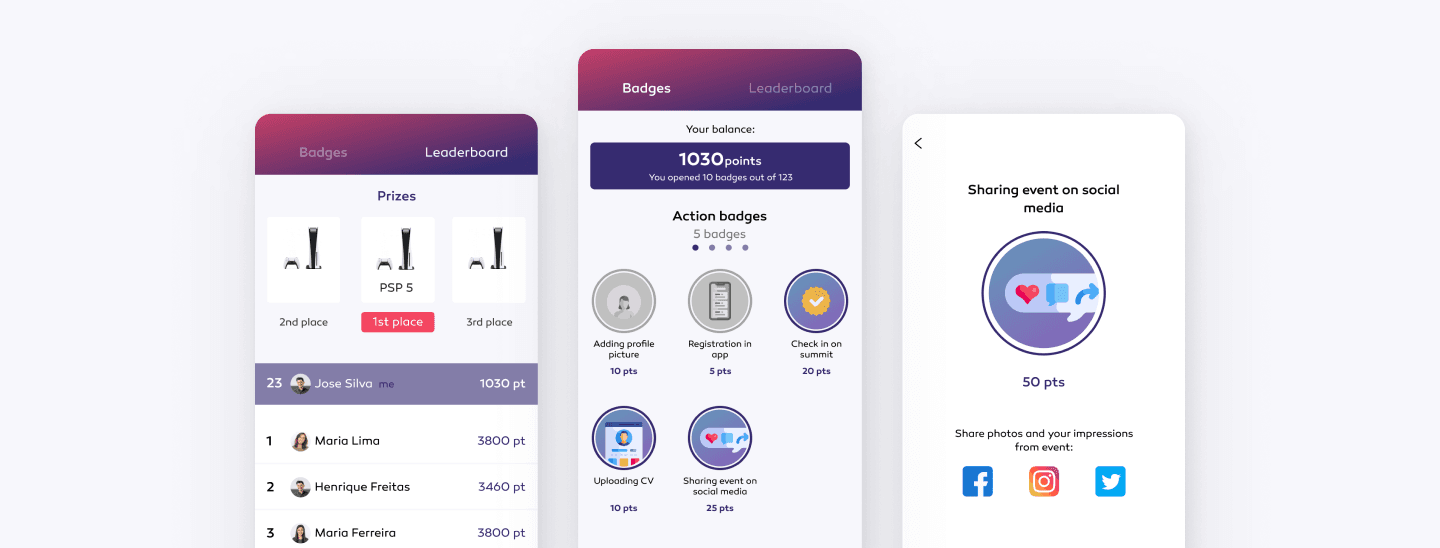Gamification in digital solutions
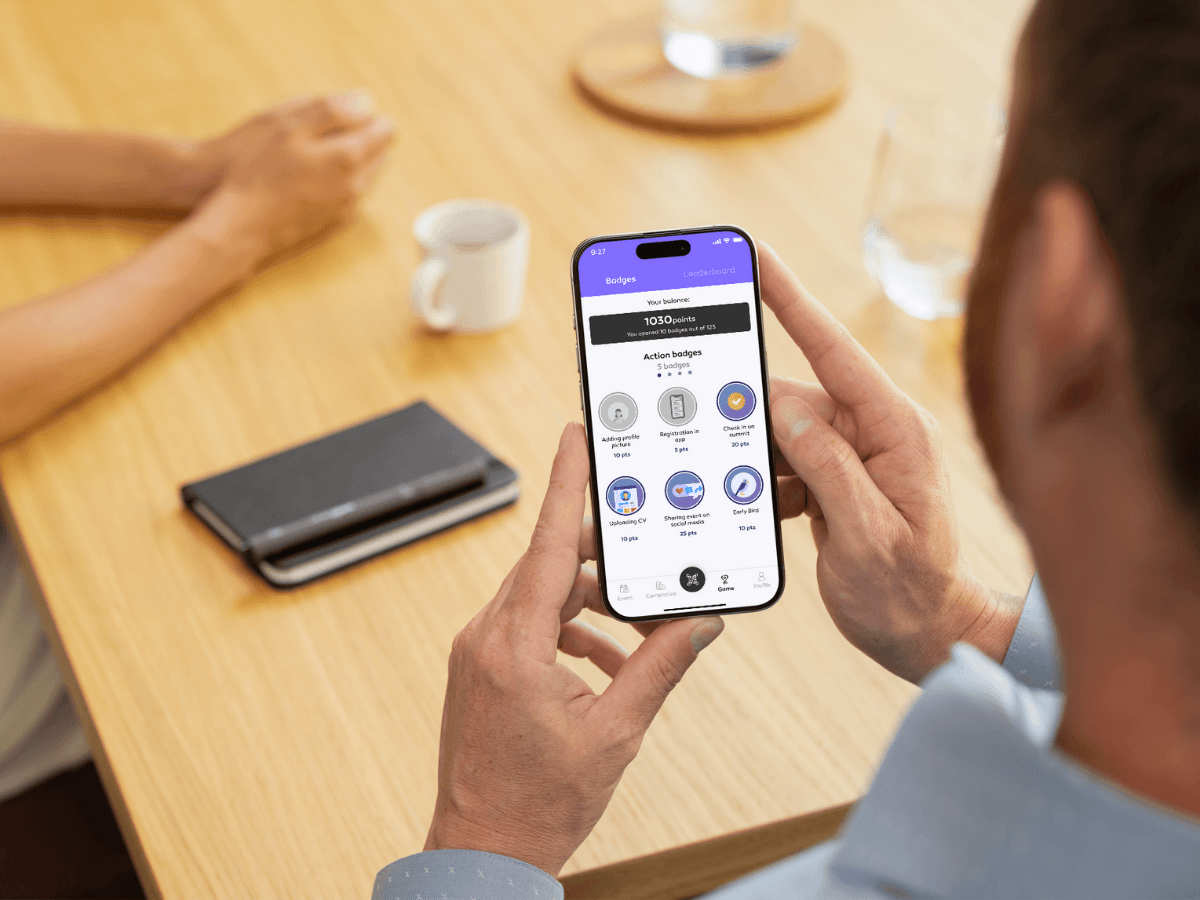
In recent years, gamification has been widely adopted in various contexts, ranging from education to businesses, including areas such as healthcare, marketing, and human resource management. The integration of game elements into non-game activities has proven to be an effective strategy for increasing motivation and user engagement. Some of the solutions developed by Codepoint have incorporated this mechanism, delivering positive and impactful results in their respective sectors.
Gamification consists of various elements that make activities more engaging. Points and rewards encourage participation and reward progress. Rankings and leadership create a competitive environment that stimulates performance. Missions and objectives structure the user’s journey, making goals clearer. Immediate feedback allows for quick corrections and reinforces positive behavior. Finally, an engaging narrative makes the experience more immersive and motivating.
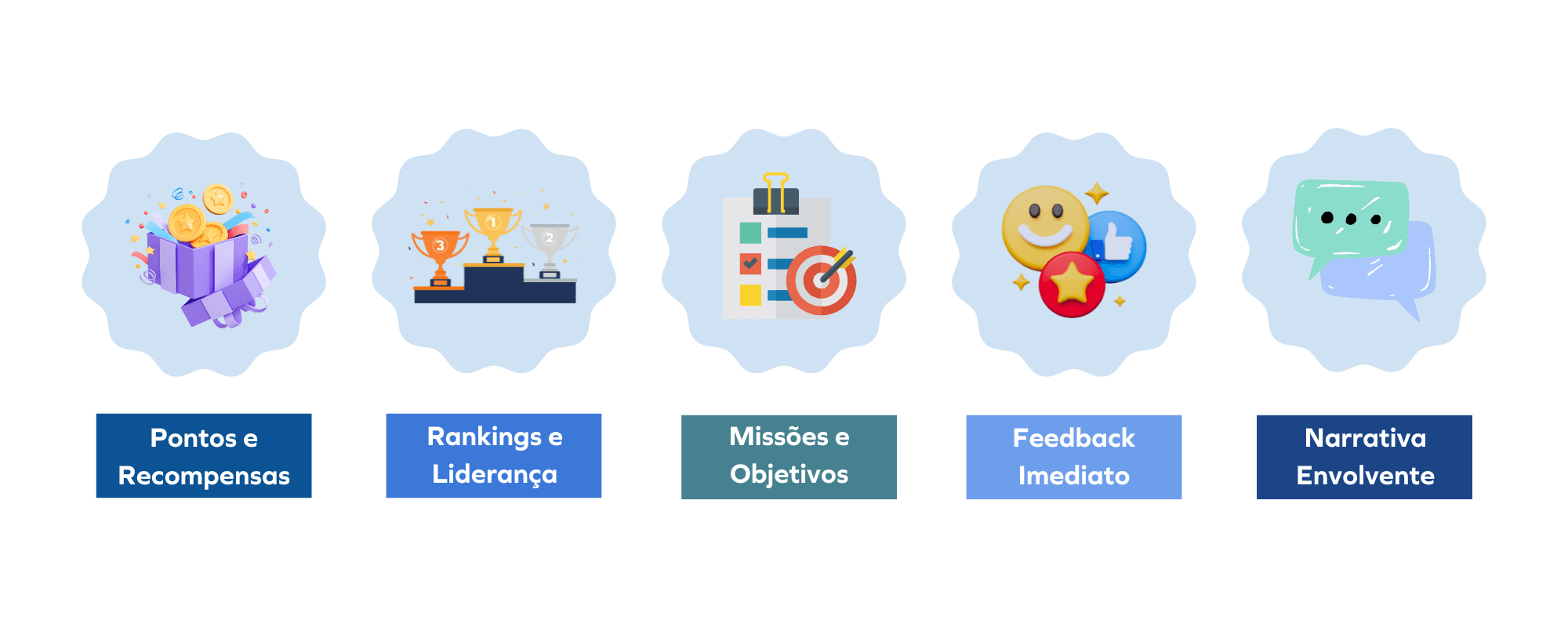
Gamification has shown positive results in motivation, engagement, and achieving goals in various areas, such as language learning, physical exercise, and healthy habits management. Let’s analyze some success stories:
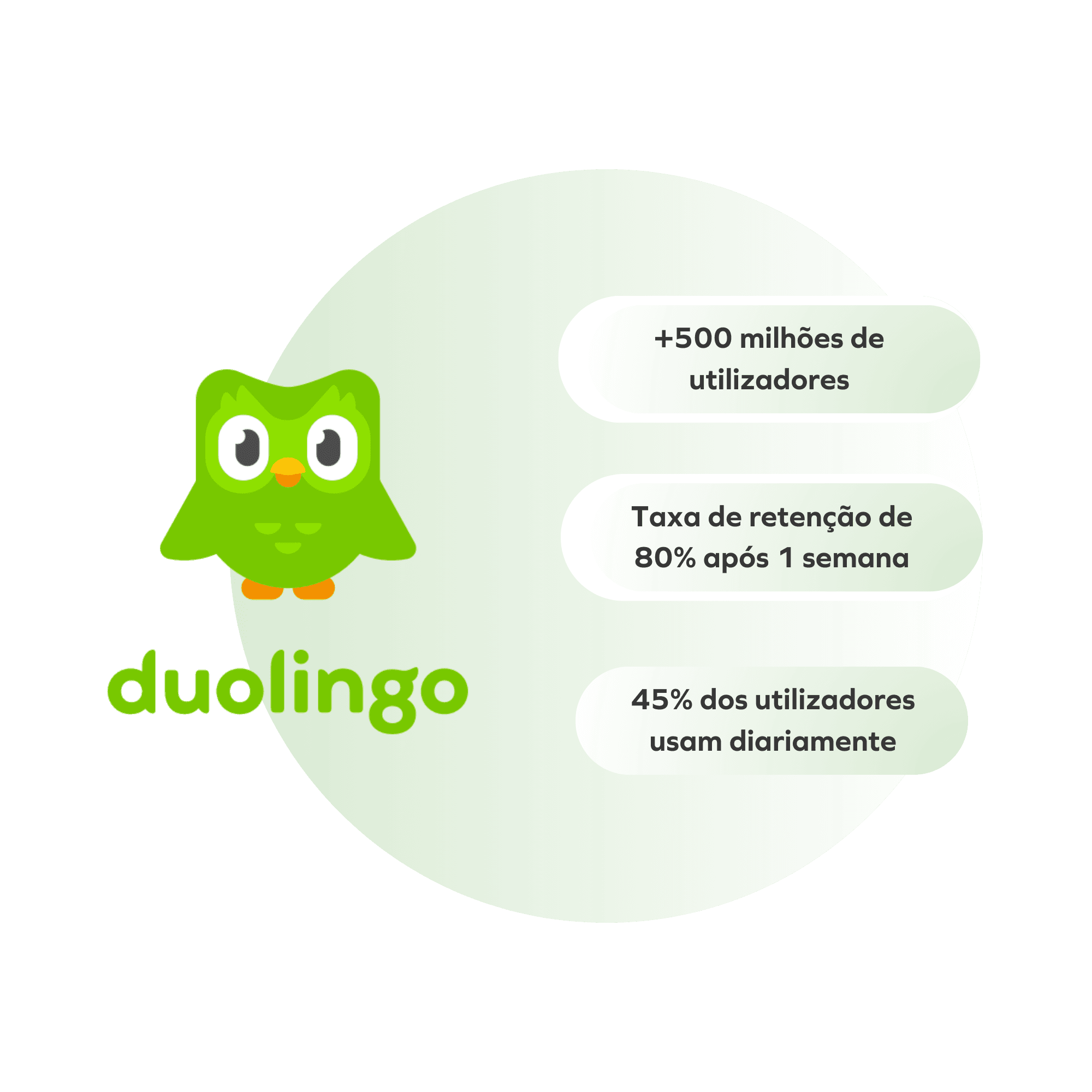
What makes Duolingo so effective is its gamification format. It transforms the learning process into a fun experience, with points, levels to advance, and even daily rewards. A study conducted by Vesselinov and Grego (2012) showed that Duolingo users were able to learn the equivalent of an entire semester of university language courses in just 34 hours. The combination of game mechanics keeps users motivated and engaged with the process.

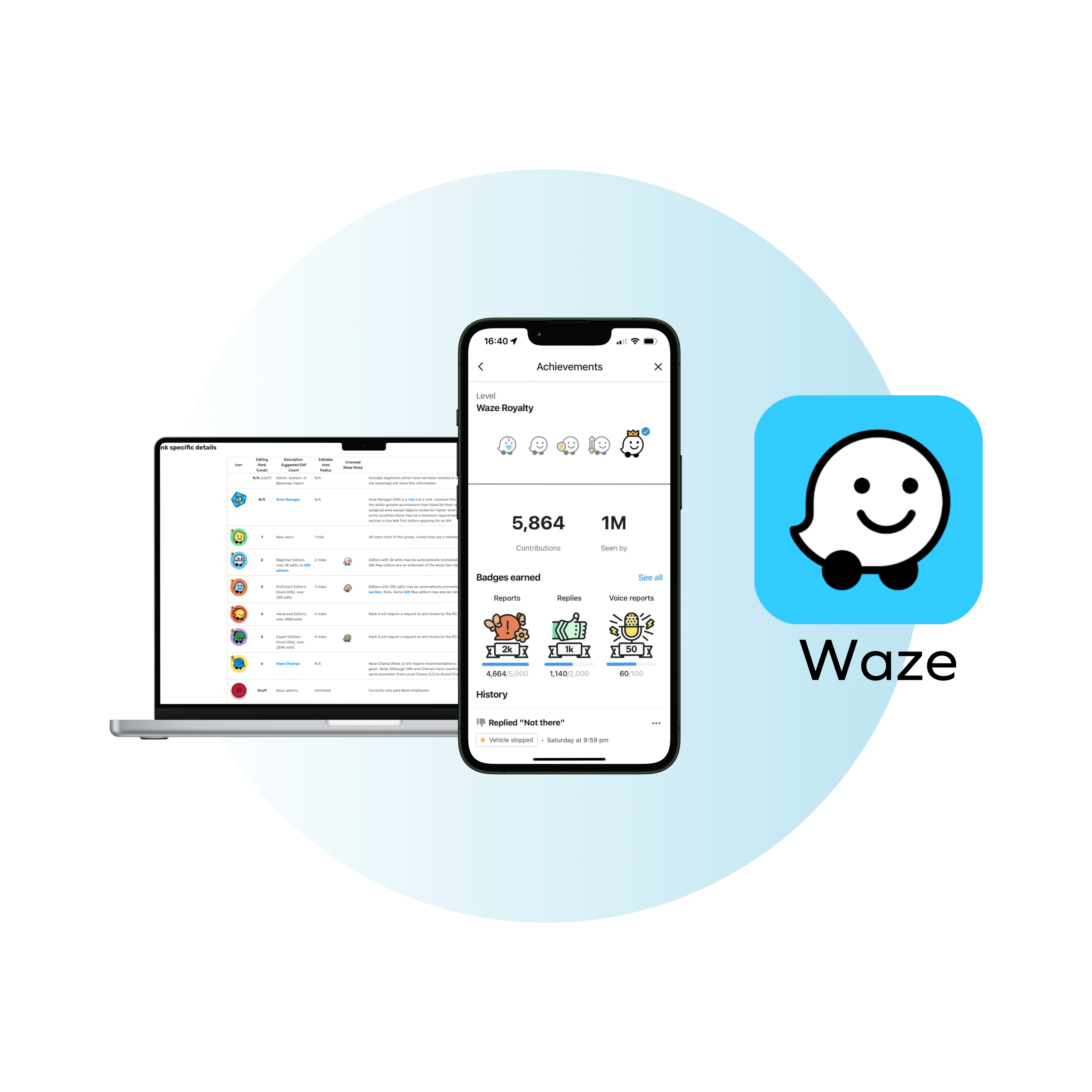
Waze uses gamification to make navigation more collaborative. Users earn points and rewards by sharing information about traffic and road conditions. A study by Harvard Business Review (2023) revealed that gamification in Waze increases user contributions by 30%. With over 140 million users, Waze makes data sharing more fun and engaging.

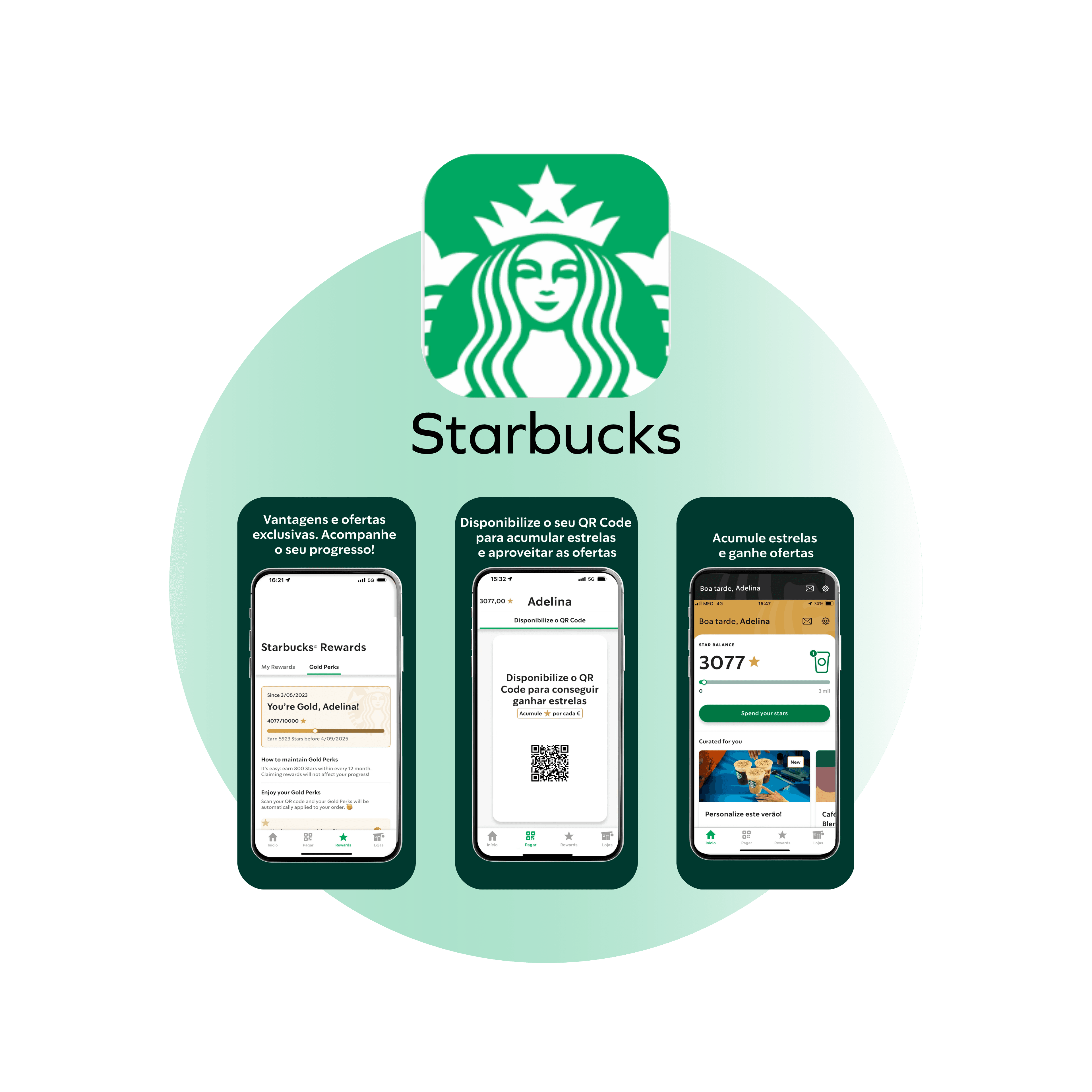
Starbucks Rewards uses gamification to encourage customer loyalty. By accumulating points with each purchase, users can unlock rewards and exclusive benefits. A study by Harvard Business Review (2021) showed that gamification in Starbucks increased purchase frequency by 20%. Members also have access to personalized offers, which motivates them to continue using the program and increase their engagement with the brand.

In one of the projects developed by Codepoint, we successfully applied gamification to create a more dynamic and engaging experience. For the START POINT Summit, we developed an innovative mobile app where students could accumulate points by interacting with stands and participating in various event activities. At the end, the top three students with the most points received prizes, fostering healthy competition and increasing overall engagement.
Additionally, the app facilitated networking by allowing companies to access students' profiles and establish new connections. The result was a significant increase in interaction throughout the event, along with extremely positive feedback from all participants. This project demonstrated how gamification can not only make the event more fun but also more effective, promoting active participation and creating real networking opportunities.
